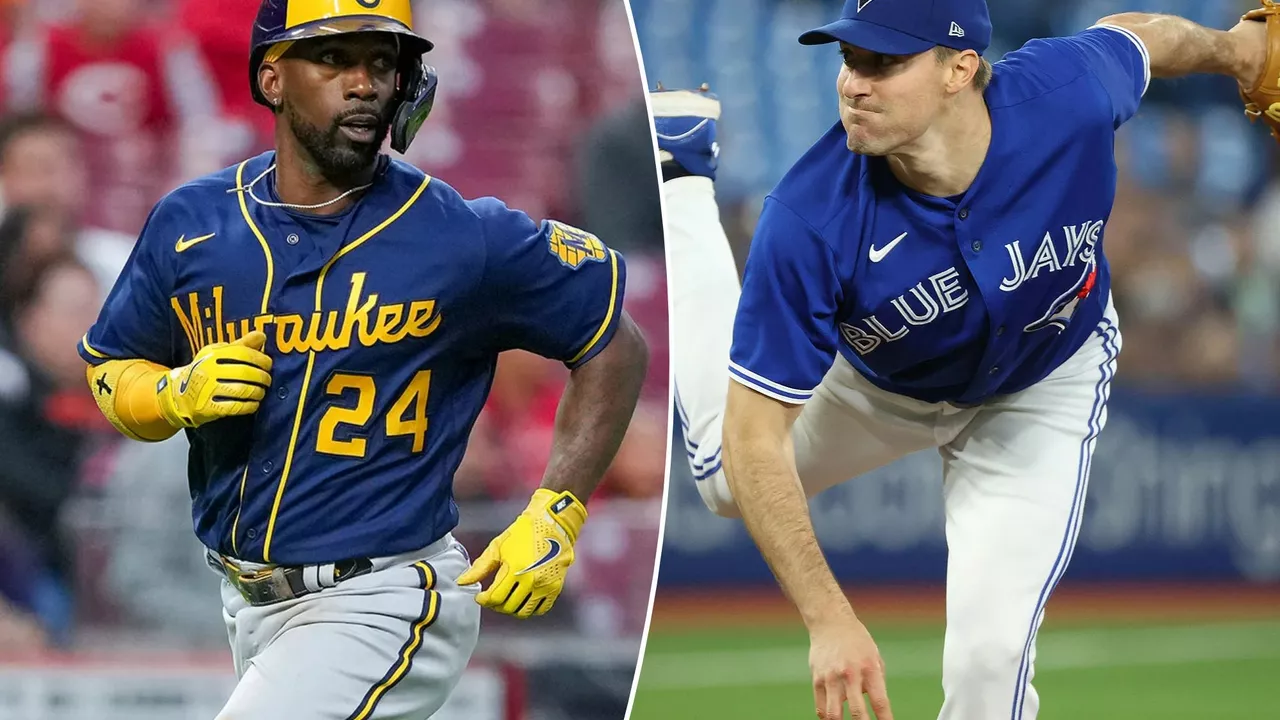Percentage – How Numbers Shape Every Game
Ever wondered why a simple number like 75% can change the way you see a match? In sports, percentages are the secret sauce that tells you who’s dominating, who’s slipping, and where the next surprise might come from. And the best part? You don’t need a math degree to read them.
Why Percentages Matter in Sports
Take a basketball game: a player shooting 60% from the field is doing the work of a star. In football, a team that converts 45% of its third‑down attempts usually walks away with a win. Those percentages are more than just numbers; they are clues that let fans predict outcomes and fans compare players across eras.
Think about soccer. A striker with a 25% goal conversion rate is far more efficient than a forward with 15%, even if both score ten goals in a season. The difference shows who makes the most of each chance. When you look at a match report, those percentages tell you why a team held the lead or why a comeback happened.
Simple Ways to Use Percentages Right Now
Next time you watch a game, grab a notebook and jot down three quick stats: win percentage, shooting percentage, and possession percentage. Compare them with the opponent’s numbers. If the opponent’s shooting % is higher but they still lose, the winning team likely had a stronger defense or better chances created.
Want to gauge a player’s impact? Look at their efficiency rating, which blends shooting %, passing accuracy, and turnover rates into a single figure. It’s a fast way to see if a star is really a star or just a hype machine.
Even betting fans rely on percentages. Odds are basically the bookmaker’s way of turning past performance percentages into a price. Understanding the underlying numbers can keep you from chasing a flashy story that has no statistical backing.
For fantasy league players, percentages are gold. Draft picks based on a running back’s 90% rushing success in short-yardage situations or a quarterback’s 65% completion rate in the red zone can be the edge you need to climb the leaderboard.
Bottom line: percentages cut through the noise. They turn raw data into a story you can follow, whether you’re on the couch, the field, or the fantasy draft board.
So the next time a commentator throws out a “70% chance” or a post‑game analysis shows a “55% third‑down conversion,” you’ll know exactly why that figure matters. Use it, share it, and let the numbers make the game even more exciting.

What percentage of an MLB contract does the agent get?
In the world of Major League Baseball, agents play a key role in negotiating contracts for their player-clients, and they are compensated for it. Typically, an MLB agent can expect to earn between 4% to 5% of the player's contract. This percentage is not fixed and can vary widely, often depending on the agent's reputation, the player's skill level, and the specifics of the contract itself. So, if a player signs a $10 million deal, their agent could pocket anywhere between $400,000 to $500,000. It's a lucrative business, but remember, the agent's job involves a whole lot more than just contract negotiations.